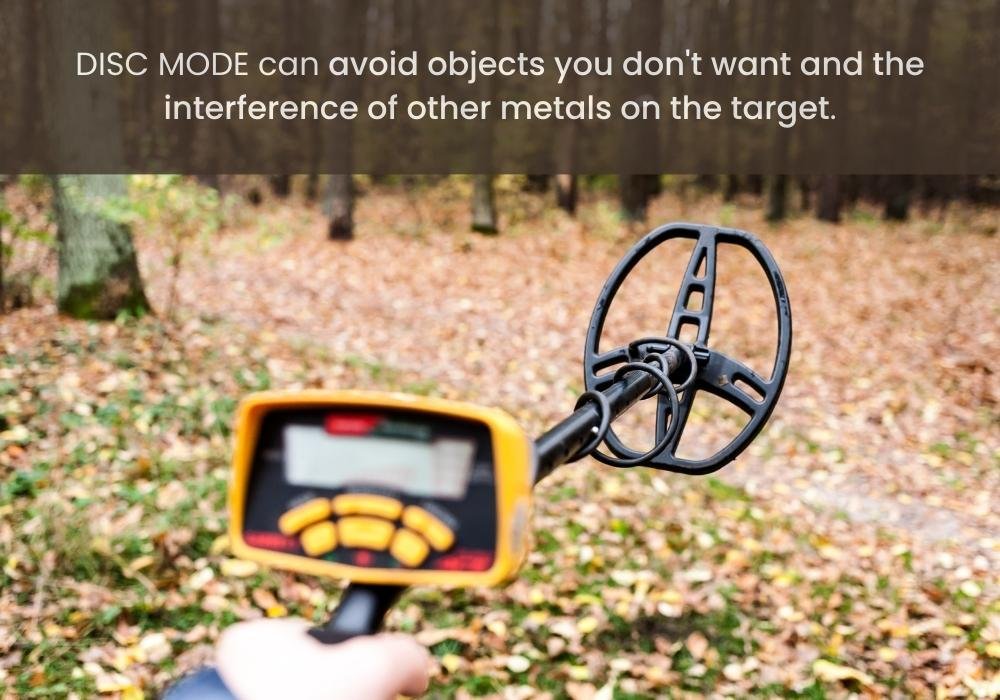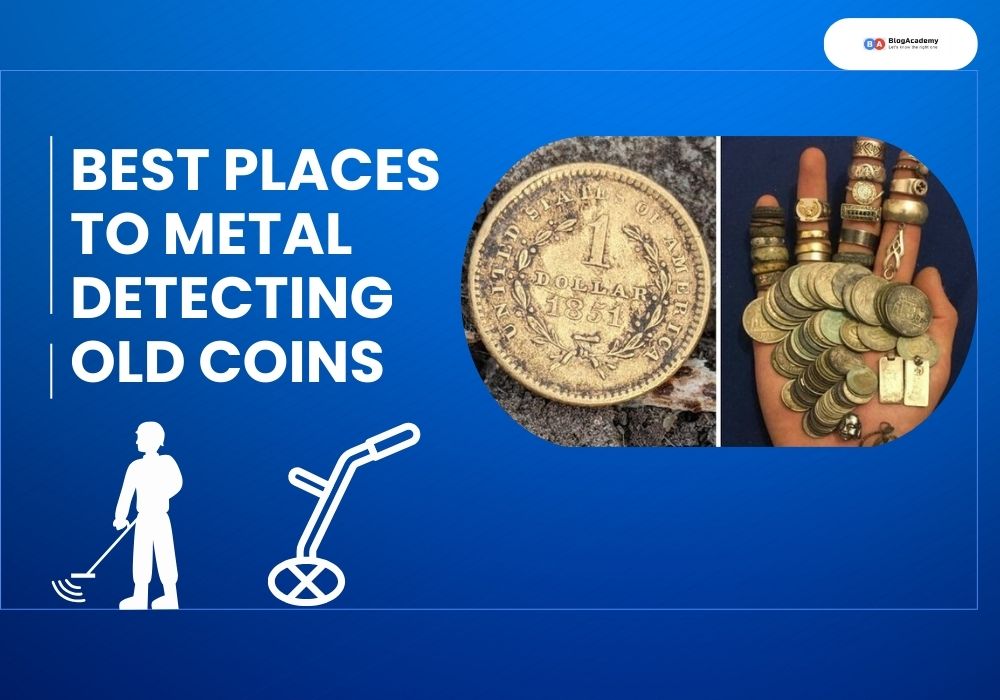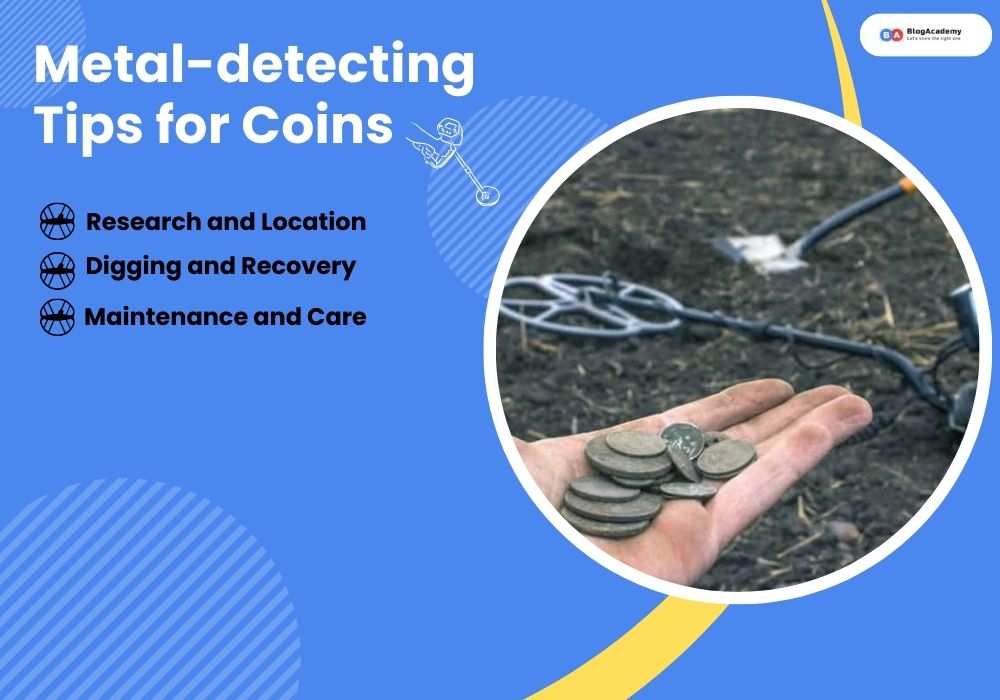Metal detectors are cool gadgets with a screen that often has a “disc” or “discrimination” But what does that “disc” mean? The disc on a metal detector lets you choose which types of metal to find and which to ignore by changing its sensitivity settings.
In this blog, we’ll explain it simply. We’ll show you how this “disc” thing on a metal detector helps you find treasures, not trash. Whether you’re new or experienced, understanding this feature makes a big difference.
We’ll make it easy to grasp and give you practical tips. So, if you’ve ever wondered what “disc” does on your metal detector, keep reading to discover its secrets and improve your treasure-hunting skills.
Before Reading this blog post, we need to know about Best Underwater Metal Detector 2023.
What is the disc on a metal detector?
The disc on a metal detector is like its eyes and ears. It’s a round part at the bottom. When you turn on the detector, it sends out signals into the ground. If there’s any metal hiding below, the signals bounce back to the disc.
Then, the detector makes a sound or shows a light to tell you there’s metal around. The disc’s size and shape can change depending on the detector. So, it helps you find hidden treasures underground.
What does disc and notch mean on a metal detector?

In a metal detector, “disc” and “notch” are like special settings that help you find the right stuff.
Disc (Discrimination): Think of it like a filter button. You can use “disc” to tell the metal detector which types of metal you want to find and which ones you don’t. For example, you can say, “I only want to find coins, not bottle caps,” and the metal detector will listen to you and ignore the bottle caps. This makes your search quicker and more accurate.
Notch: Notch is like a super filter. It lets you be even more picky. You can say, “I want to find silver coins but nothing else,” and the notch will make sure you only hear about silver coins and nothing else, like iron or aluminum.
So, “disc” and “notch” are handy tools that make metal detecting easier and more fun.
What is the “Disc” Feature?
The Discrimination feature in a metal detector is like a filter. It helps you find the good stuff and ignore the junk. Here’s what you need to know:
- Tell Metals Apart: Discrimination helps your detector tell the difference between different metals based on how they react to the detector’s signals.
- Adjust to Your Needs: You can change the discrimination level to decide which types of metals you want your detector to find and which ones you want it to ignore.
- Skip the Trash: Discrimination lets you skip over common junk metals like soda can tabs or nails, so you don’t waste time digging them up.
- Save Battery: It also helps save your detector’s battery by not beeping for metals you don’t care about.
- Find the Good Stuff: Discrimination makes you more efficient by helping you focus on valuable treasures like coins or jewelry.
- Beeps and Icons: When your detector finds something in your chosen discrimination range, it beeps or shows a special symbol on the screen.
- Not Always Perfect: Keep in mind that discrimination isn’t perfect. It can be affected by how deep the object is, the ground conditions, and your detector’s settings.
- Fine-Tuning: Some detectors let you fine-tune your discrimination settings to fit your preferences.
- Practice Makes Perfect: Using discrimination effectively might take some practice to get just right for different situations and targets.
In short, Discrimination in a metal detector helps you find the good stuff and avoid the junk, making your treasure hunting more efficient and fun.
How Does Discrimination Work on a Metal Detector?
Discrimination in a metal detector means it can tell good stuff from junk stuff. Here’s how it works:
- Sending Out Signals: When you turn on a metal detector, it sends out special waves.
- Metal’s Reaction: If there’s metal in the ground, these waves make the metal react. It’s like a little dance.
- Listening Closely: The detector listens to this dance and figures out if it’s gold, silver, or something else. It’s like knowing who’s dancing just by their moves.
- Your Choices: You can choose what kind of metal you want to find. The detector then ignores the metal it’s not interested in.
- Finding the Good Stuff: This helps you find the cool stuff you’re looking for while ignoring things like soda cans or nails.
So, discrimination in a metal detector helps you find treasure while saying “no thanks” to trash.
The Benefits of Discrimination on a metal detector
Having discrimination on a metal detector is helpful. Here are some benefits of having discrimination capabilities on a metal detector:
- Find Valuables Easily: It helps you find valuable things like coins and jewelry while ignoring stuff like nails or bottle caps.
- Less False Alarms: You won’t get as many false beeps from non-important stuff, making your search more efficient.
- Better Security: Security checks, spot potential threats like weapons without causing trouble for harmless things.
- Kind to the Environment: It’s better for the environment because you don’t have to dig up unwanted items.
So, discrimination on a metal detector makes finding treasures easier, improves security, and is eco-friendly.
Applications of Discrimination

The “Disc” or discrimination feature finds applications in various metal detecting scenarios:
- Coin Shooting: Discrimination is invaluable for coin shooters looking to find valuable coins amidst a sea of junk metal.
- Relic Hunting: When searching for historical artifacts, discrimination helps detectorists avoid digging up modern trash and focus on valuable relics.
- Jewelry Hunting: Discrimination can be set to target precious metals like gold and silver while ignoring less valuable metals.
- Beach Metal Detecting: Discrimination aids in filtering out iron and other unwanted items commonly found on beaches.
- Park and Playground Detecting: Discrimination helps users avoid digging up bottle caps, pull tabs, and other common litter in public areas.
What is the Difference Between Metal Detector Discrimination and Sensitivity?
Metal detector discrimination and sensitivity have distinct roles. Discrimination helps your detector ignore junk like cans, focusing on valuable items like coins, like telling it what to look for. Sensitivity, on the other hand, decides how deep the detector can find metals, like adjusting its power.
To put it simply, discrimination separates treasure from trash, and sensitivity determines how deep your detector can find treasure. Both features are vital for successful metal detecting.
Conclusions
Knowing how to use the “Disc” feature on your metal detector is essential for a successful hunt. It helps you find valuable stuff and ignore junk. So, next time you’re out-detecting, remember to use “Disc” to make your adventure more enjoyable and rewarding. Happy hunting!


